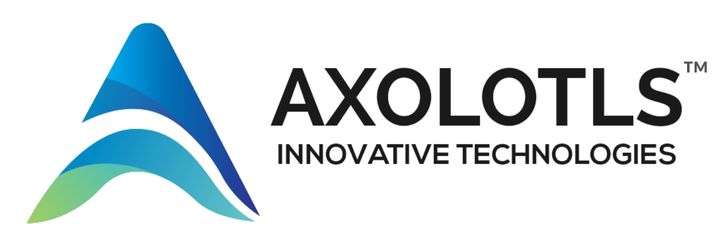3D Animation Services vs. Traditional Video: Which One is Better?
In today’s digital marketing landscape, businesses face the challenge of choosing the most effective form of visual content. 3D animated video vs live action is a common debate, with each offering distinct advantages. Understanding the differences between 3D animation services and traditional video helps brands make the right decision based on their goals, budget, and target audience.
- Visual Storytelling Capabilities
Both 3D animation and live-action videos excel at storytelling, but they do so differently:
3D Animation: Offers limitless creativity, allowing businesses to create stunning visual worlds that might not be possible with live action. This is especially useful for industries like gaming, technology, and product visualization.
Traditional Video: Provides an authentic, human touch, making it ideal for testimonials, interviews, and real-life demonstrations.
- Cost and Production Time
When considering 3D vs. live action, budget and time constraints play a significant role:
3D Animation: Requires skilled animators and rendering time, but avoids costs associated with actors, locations, and filming equipment. While initial costs may be higher, animations can be repurposed and updated without reshooting.
Traditional Video: Production costs vary depending on the location, cast, and crew. While live-action videos can be faster to produce, reshooting for updates can be expensive.
- Flexibility and Customization
3D Animation: Provides total control over elements such as lighting, environments, and motion graphics. Businesses can create detailed, futuristic, or abstract concepts without physical limitations.
Traditional Video: Limited to real-world constraints, requiring perfect conditions during filming. Post-production edits can be costly and time-consuming.
- Engagement and Appeal
Motion Graphics and CGI: 3D animation integrates motion graphics and CGI, making content visually engaging for audiences. It works well for explainer videos, product demos, and futuristic storytelling.
Filming Real People: Live-action videos create emotional connections with audiences, making them ideal for brand stories, testimonials, and behind-the-scenes content.
- Industry Applications
3D Animation Works Best For:
Product demonstrations
Gaming and technology industries
Scientific and medical visualizations
Abstract storytelling (conceptual and futuristic themes)
Traditional Video Works Best For:
Interviews and customer testimonials
Event coverage and real-life demonstrations
Personal branding and lifestyle content
Final Verdict: Which One is Better?
There is no definitive winner in the CGI vs. filming debate—each format has its strengths. 3D animation services are ideal for businesses needing high levels of creativity, product visualization, and futuristic storytelling. Traditional video is best for human-centric content and real-life engagement.
For a well-rounded strategy, many businesses combine both formats, leveraging 3D animation for product-focused content and live-action for brand storytelling. The right choice depends on your marketing goals, budget, and industry.


